It all started with a motive.
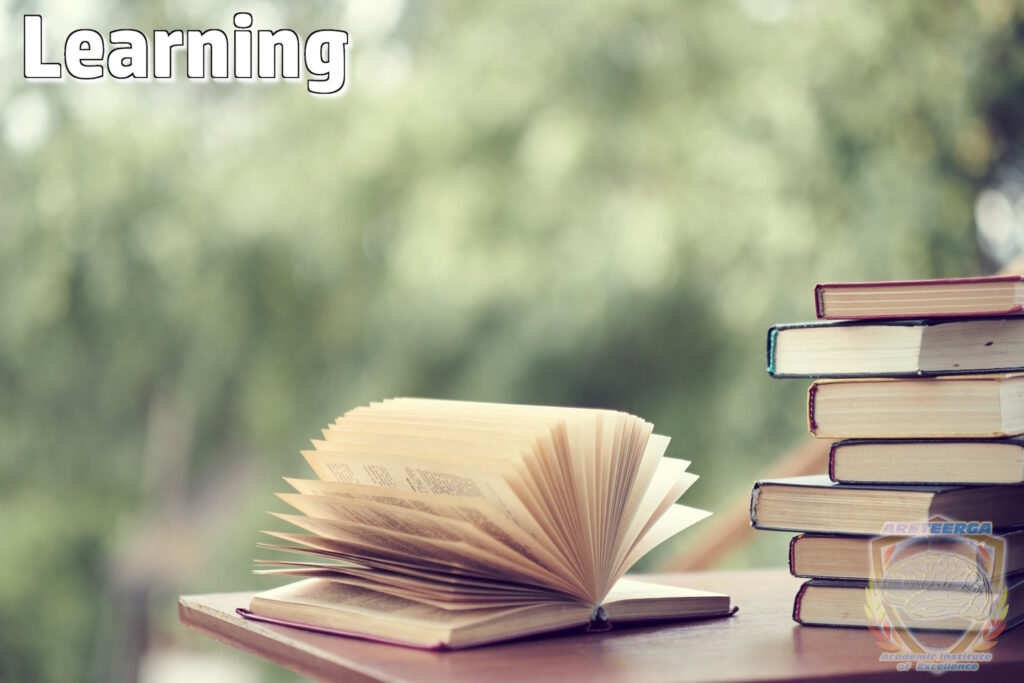
One of the most important facets in life is the opportunity to obtain skills that provide a foundation for success later in life.
At school, success is measured primary through a metric of performance – with exam or assignment grades providing proof of attainment of skill.
Later in life, success is more broadly defined and often fosters links back to influence, wealth and impact.
Yet, the link between obtaining high grades and success later in life isn’t clearly defined.

I would argue that success is the product of having purpose. Purpose is instinctive for the most part, but it can easily be neglected in learning.
During the last 5 years of my own career development I have had the opportunity to guide over 1000 students towards their learning objectives.
Commonality can be found in the type of mindsets that students adopt, but the more striking realization was that the majority of students do not have clear self-imposed learning objectives or goals.

Reflecting back to my schooling, I had a primary goal – become a Medical Doctor – and that goal was my core motivation for all years of my study.
However, I doubt I would have achieved the same end – Doctor of Philosophy – if I had never set this goal. The goal I set also turned out to be a mastery based goal (gaining understanding) rather than performance (obtaining A+ grades).
To this end, ARETEERGA is founded on the mindset that all students have the potential to achieve any goal that they may set. And to guide them on this process – they receive instruction on MGMARRR – a goal setting process with no equal.
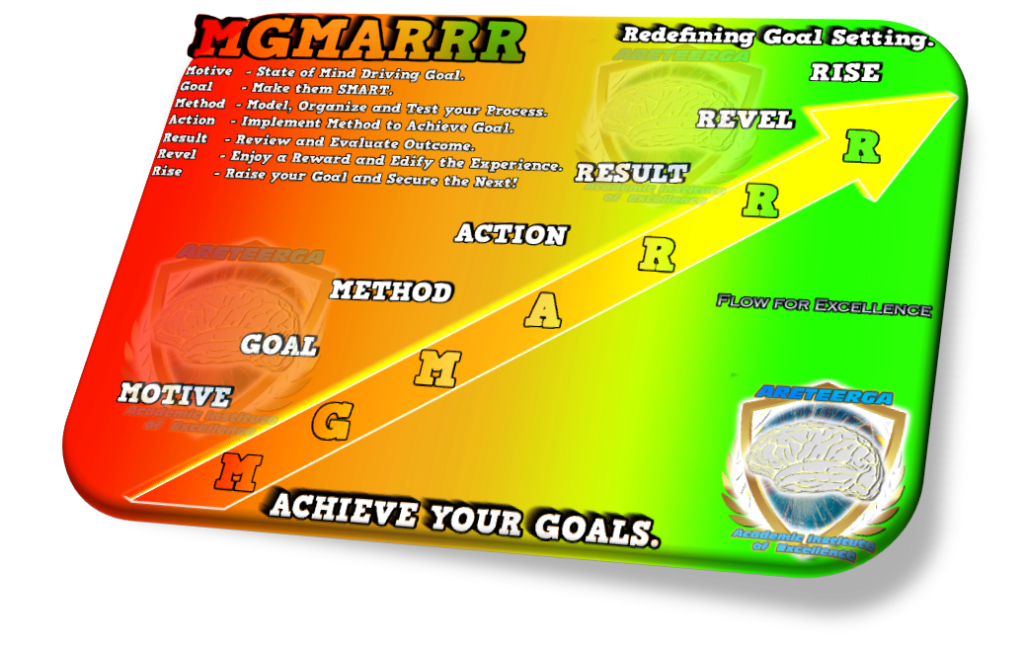

Now if only setting a goal was sufficient to guarantee success. We all understand the New Year’s Resolution – that brief time of year that self-reflection and goal setting becomes priority.
Isn’t it strange that some individuals can achieve their goals and others fall short, every year? Why is it that some individuals can retain high levels of motivation and yet, for some, the motivation dwindles away quickly?

The Simple Answer:
A motive is the internal drive to do things.
Motivation is derived after we set a goal, and this keeps us working on the goal.
Yet, how often do we reflect on the drive (Motive) behind our momentum (Motivation)?
ARETEERGA Presents the Motive Web. A specially crafted device to guide finding that inner drive – the secret to actually achieving those goals!
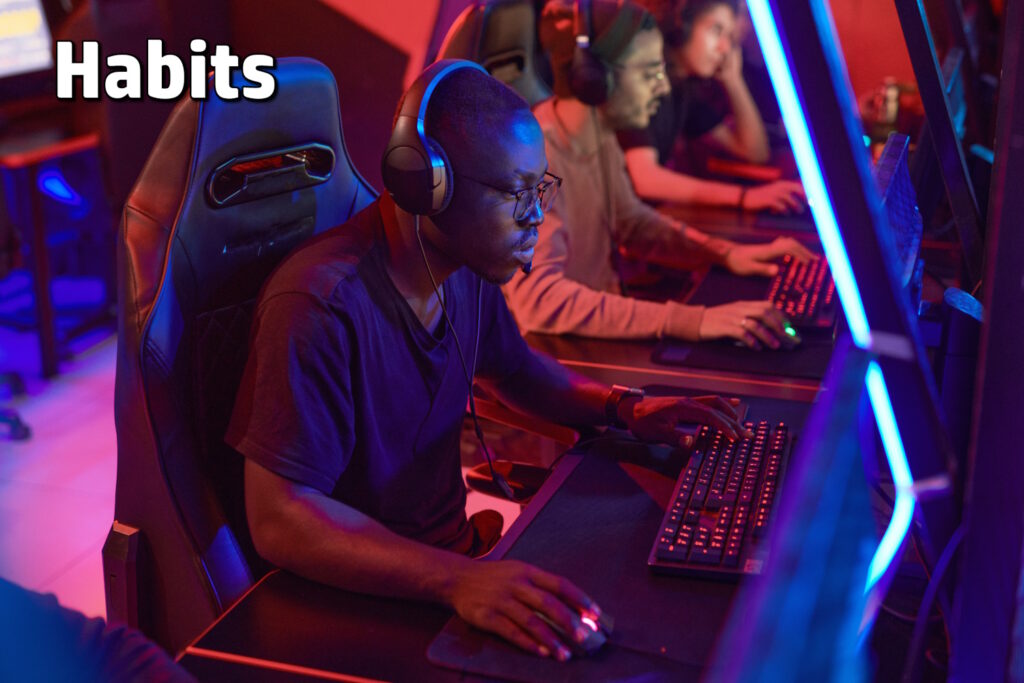
I would argue that failing to achieve a goal is a product of habitual behaviour that becomes somewhat ingrained from early on in life. We are told to set goals, create a schedule, plan your time; and yet can you recall specific instruction that you received on how to do this?
What impact would it have on learning outcomes if a blueprint was provided early on in learning – a method or protocol – one that is easy to adopt and customize?
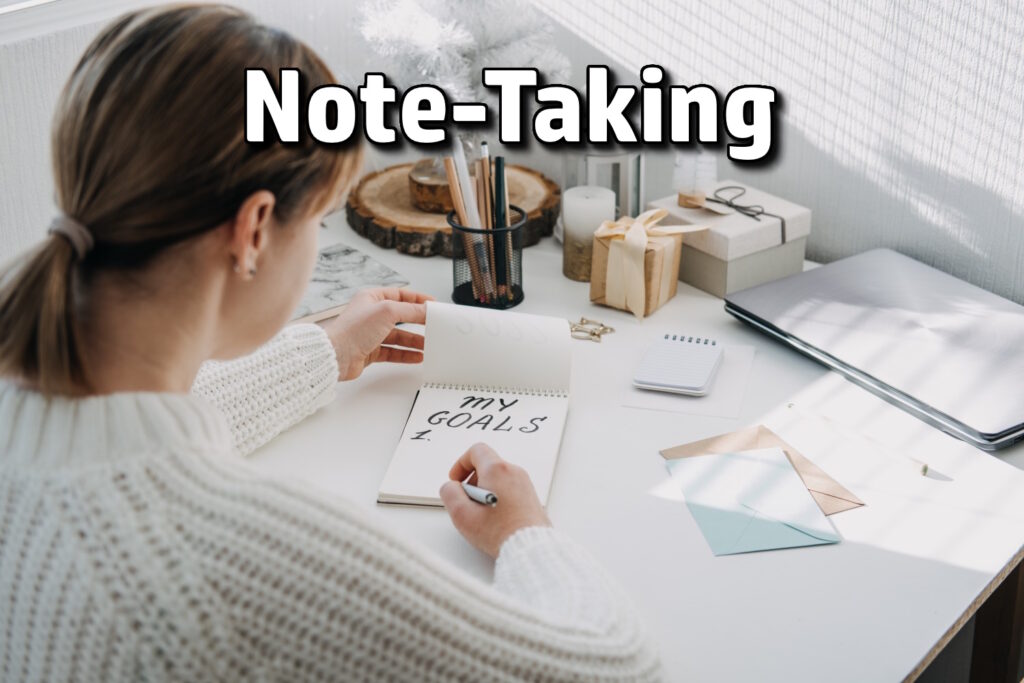
On the topic of a learning blueprint, another key aspect of learning is the process of note-taking.
This fundamental skill is widely considered critical for high grades, yet, can you recall specific instruction on how to make effective notes?
Every learner receives basic instruction on how to make notes – write down the keywords, highlight key concepts, underline headings etc. Yet, if after this task you ask each student to present their keywords you may find each student identified different keywords as important – despite receiving the same information.
I concluded that note-taking is a skill that requires meticulous care, and if under-developed, it can directly impact on memory retention of information – thus impacting on grades.
To resolve this, I have created a note-taking method – GSM2 DS2I – which provides a blueprint for effective learning that incorporates metacognition and study strategy to enhance learning outcomes.
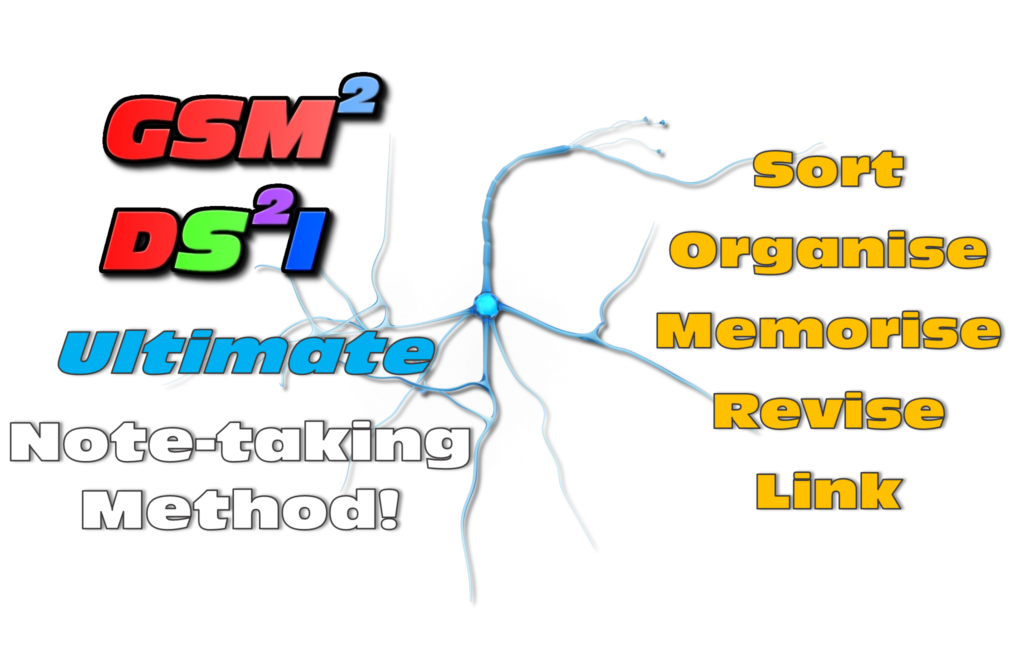
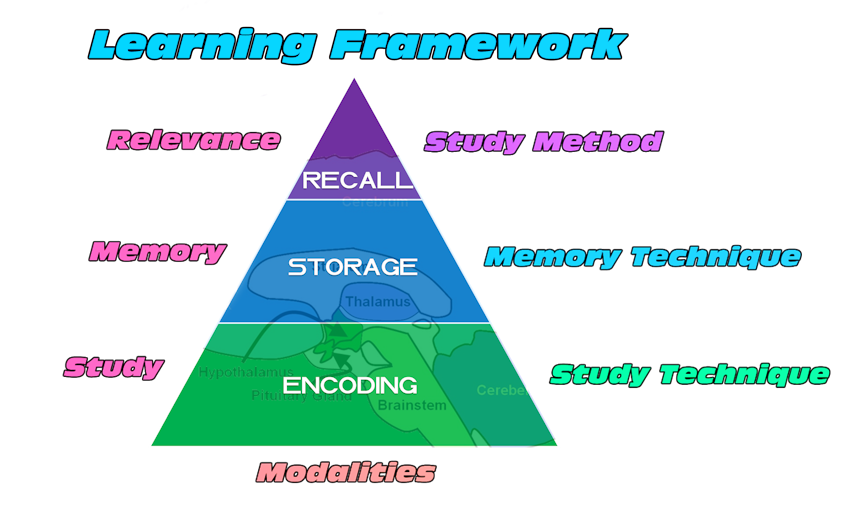
For most students, 7 days after attending a given class/lecture they would retain only ~20% of the teaching content. Efficient learning of new concepts requires more than simple revision of notes.
Memory has long been subject of extensive scientific research and numerous highly effective memory enhancement processes have been identified.
Memory consists of three critical processes:
Encoding, Storage and Recall.
Encoding is the equivalent of “studying”, storage would be “memory”, and recall is in response to “relevance / needing to remember”. How can memory be enhanced?
There are a plethora of study techniques in existence, yet only seldomly does awareness of these techniques reach students. ARETEERGA has developed an organized learning framework that captures the top study techniques in a unique package that consists of: Study Methods, Memory Techniques and Study Techniques.
Study strategies can also be categorized according to efficiency:
Low efficacy example:

Moderate efficacy example:

High efficacy example:

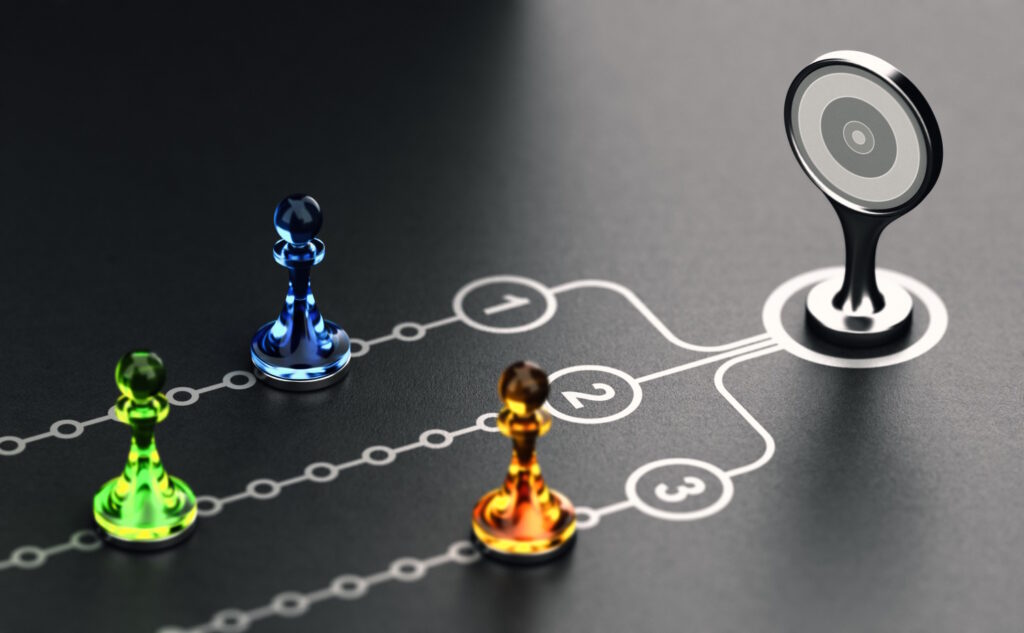
Metacognition describes an outcome where students begin to plan, monitor and develop their learning process. Put another way, students master the ability to develop meaningful understanding of information through exploring which study techniques best suit their learning.

Why do we only remember up to 20% of material 7 days after learning it?
Hermann Ebbinghaus, a German Psychologist, pioneered the discovery of the forgetting curve and the spacing effect during his studies of memory. Memory of new information is rapidly forgotten due to memory decay, but this process can be progressively reversed with planned revision – called the spacing effect (an example of a study method). By spacing planned revision of notes the forgetting curve can be shifted to boost memory of information (and thus test grades!).

To enhance human memory, based on past and present understanding of memory formation, I am developing the first of it kind – an archival memory technique that will dramatically boost memory formation and retention. How can I achieve this? After several years of studying memory formation post completion of my PhD in Physiology and Neuroscience, along with developing my own memory to achieve my goal of becoming a polymath, I have put everything I have learnt into a technique. It pays homage to Simonedes of Ceos’s Memory Palace, but enhances the technique’s shortcomings to create a form of ‘permanent’ memory.

The end product of these efforts produces Study Perfection, a workshop based training activity that was developed to help students, teachers, entrepreneurs, to name a few, to obtain an edge in their learning ability. This is achieved through guided introduction to critical soft skills that are required for success in the workforce.
Key Skills Included:
Motivation: Motive Web
Goal Setting: MGMARRR
Time Management: Priority Pyramid
Note Taking: GSM2DS2I
Study Strategies: Learning Framework
Max Memory: MemVAULT and MemTHOLOS